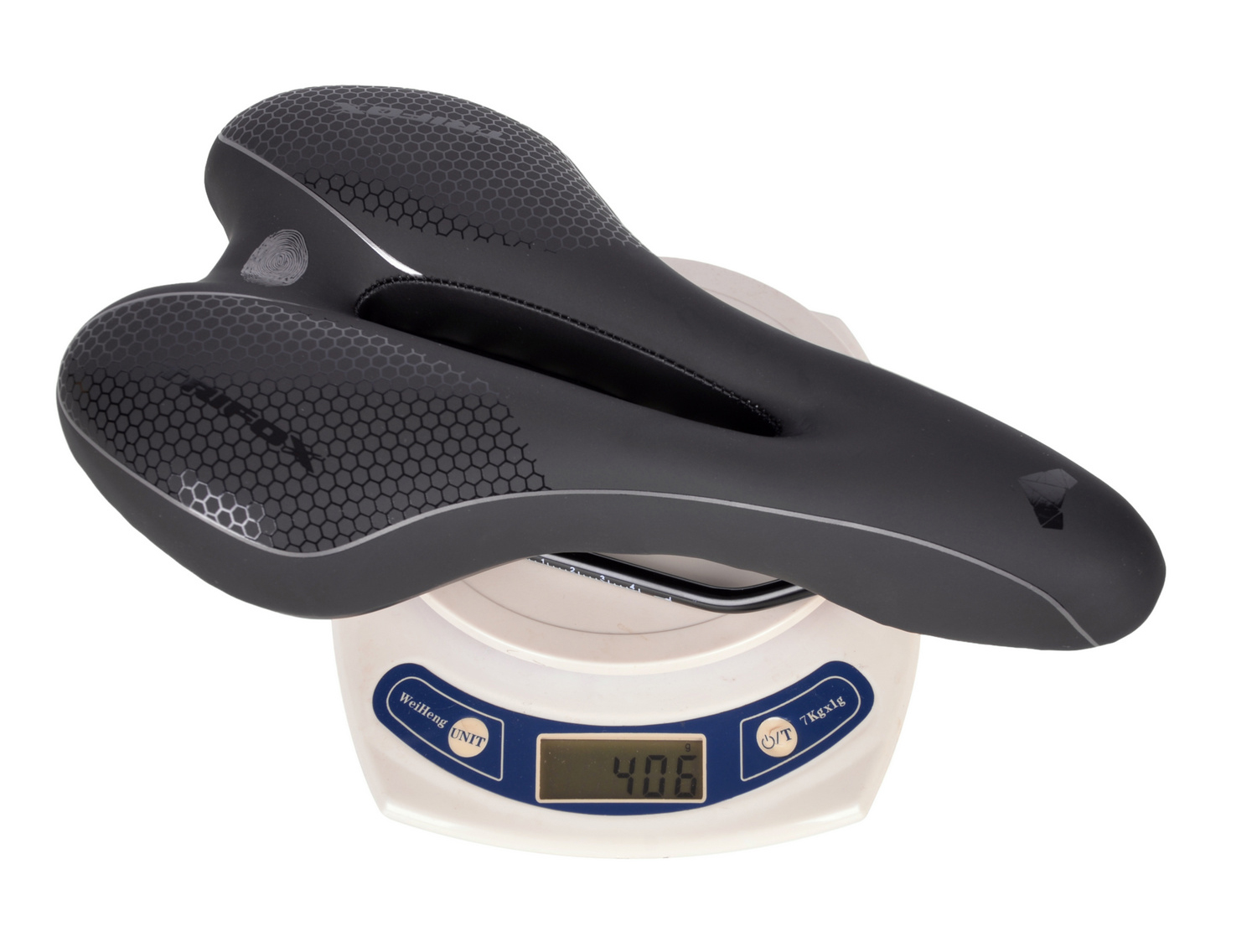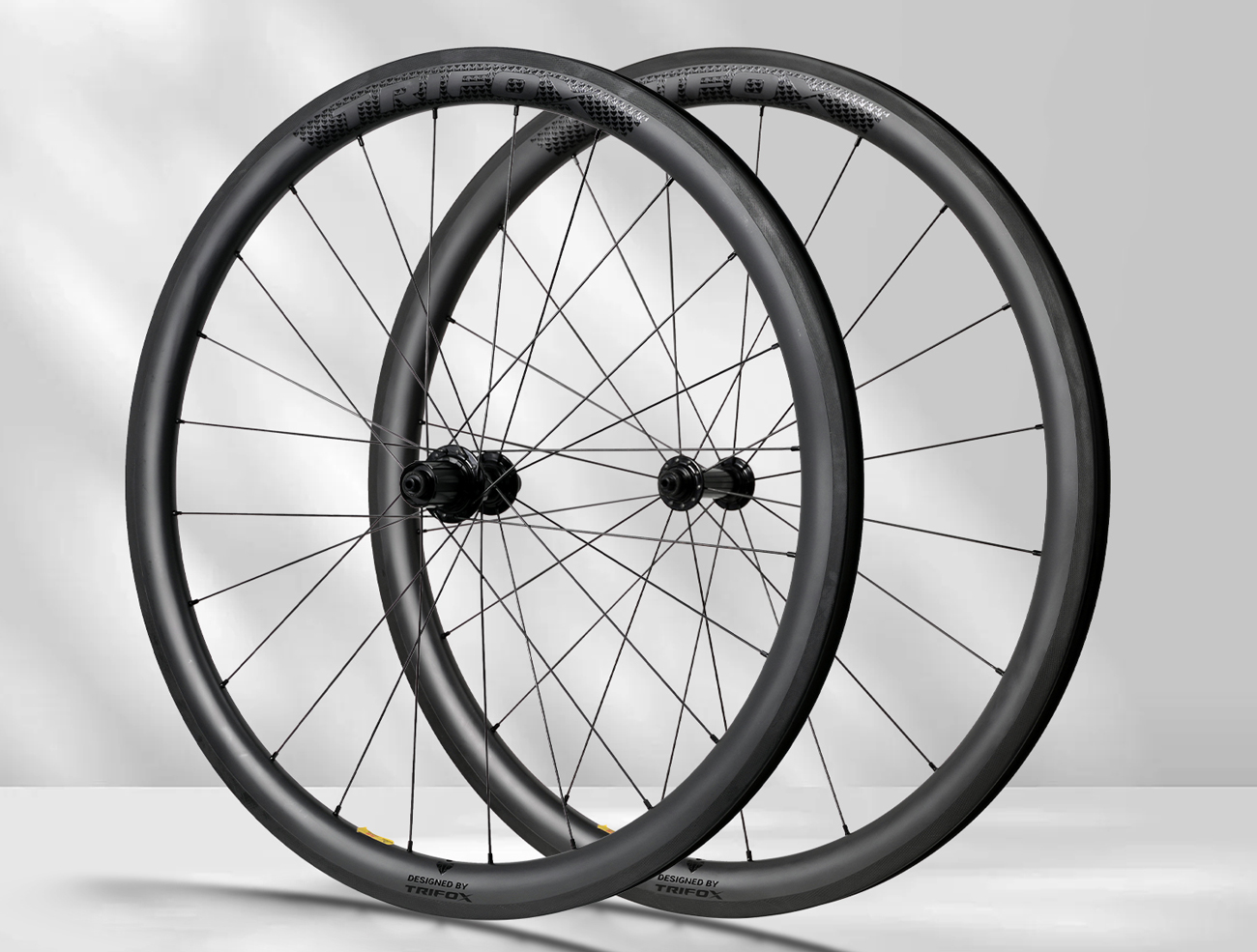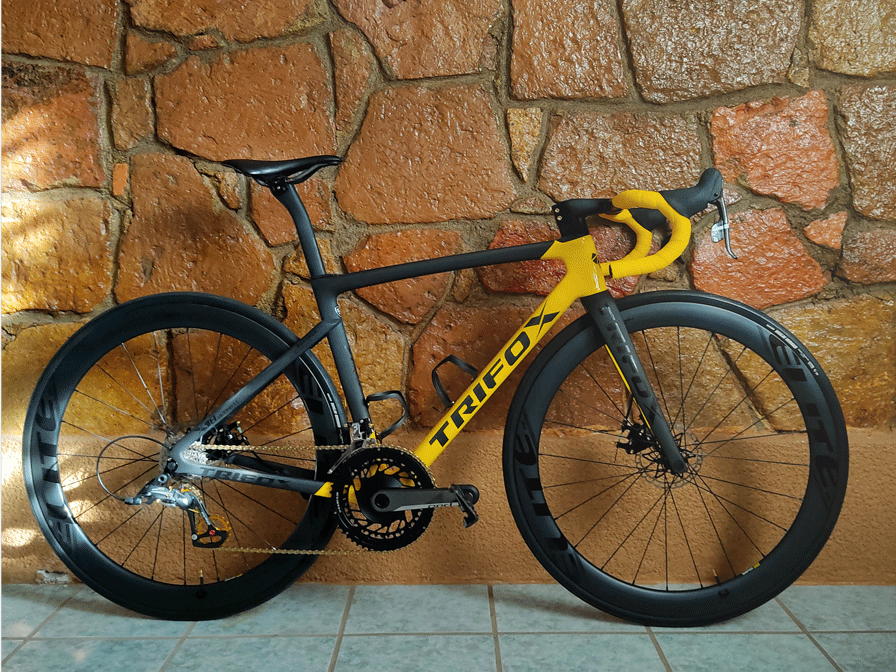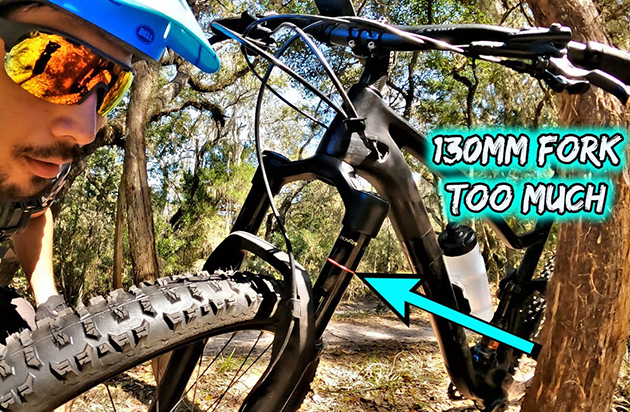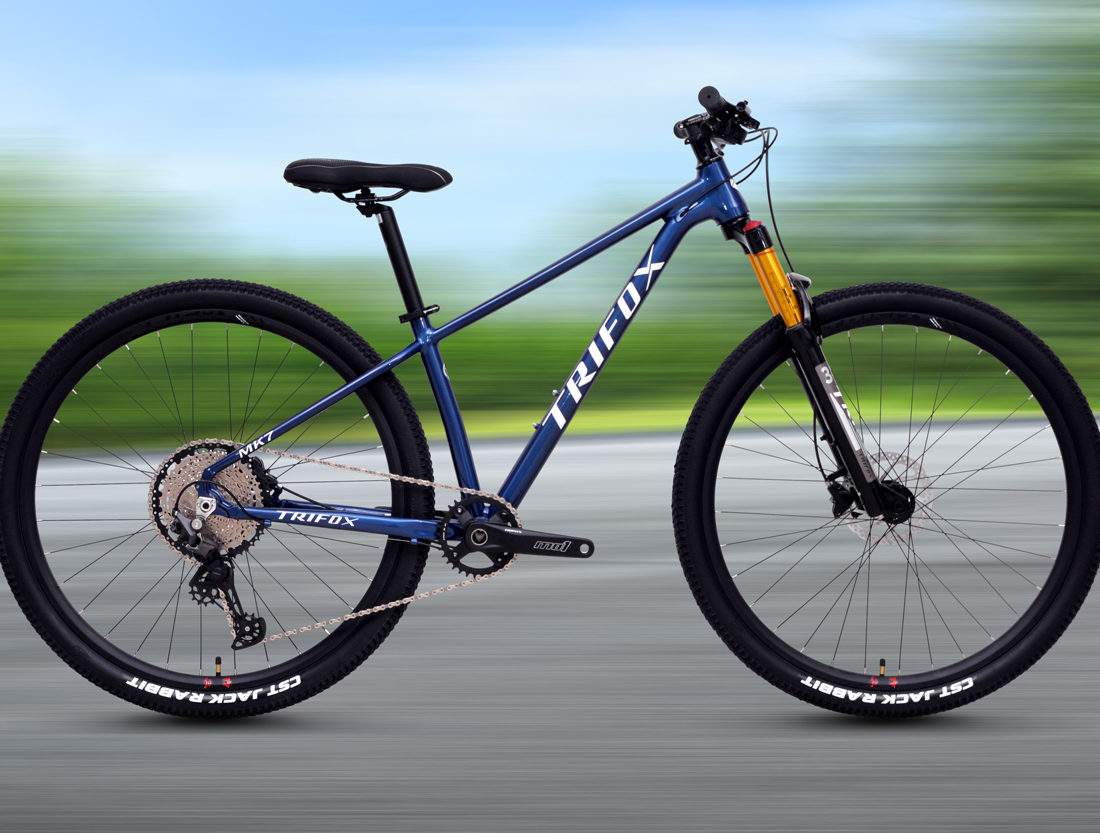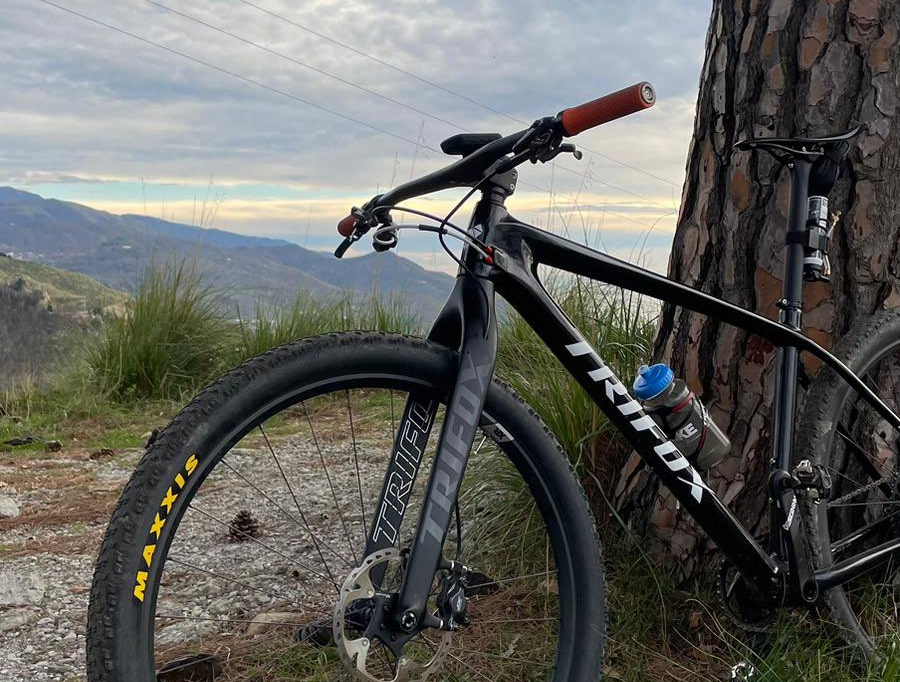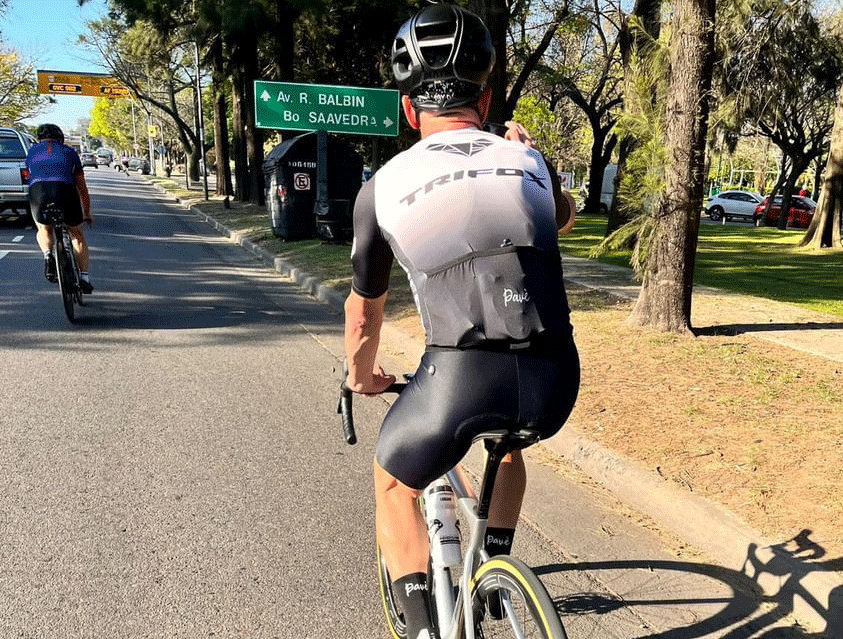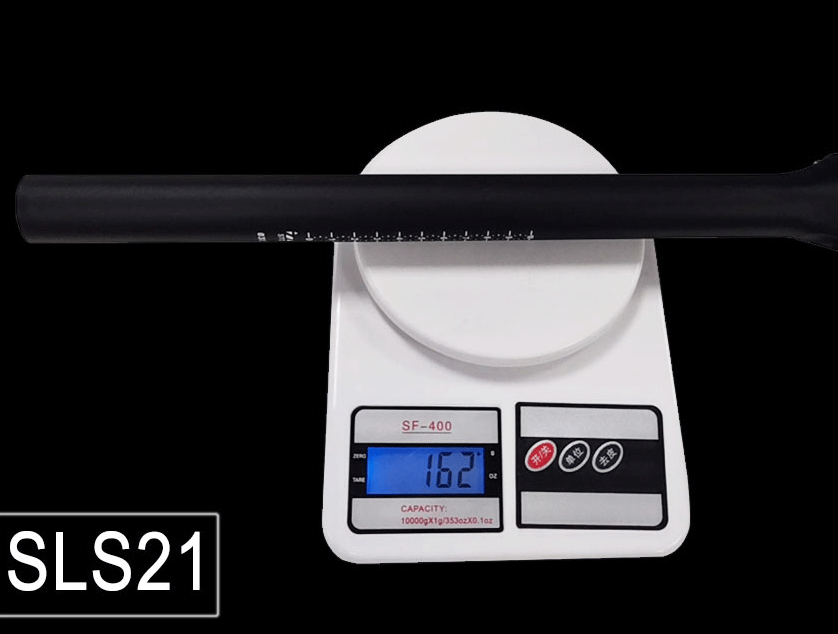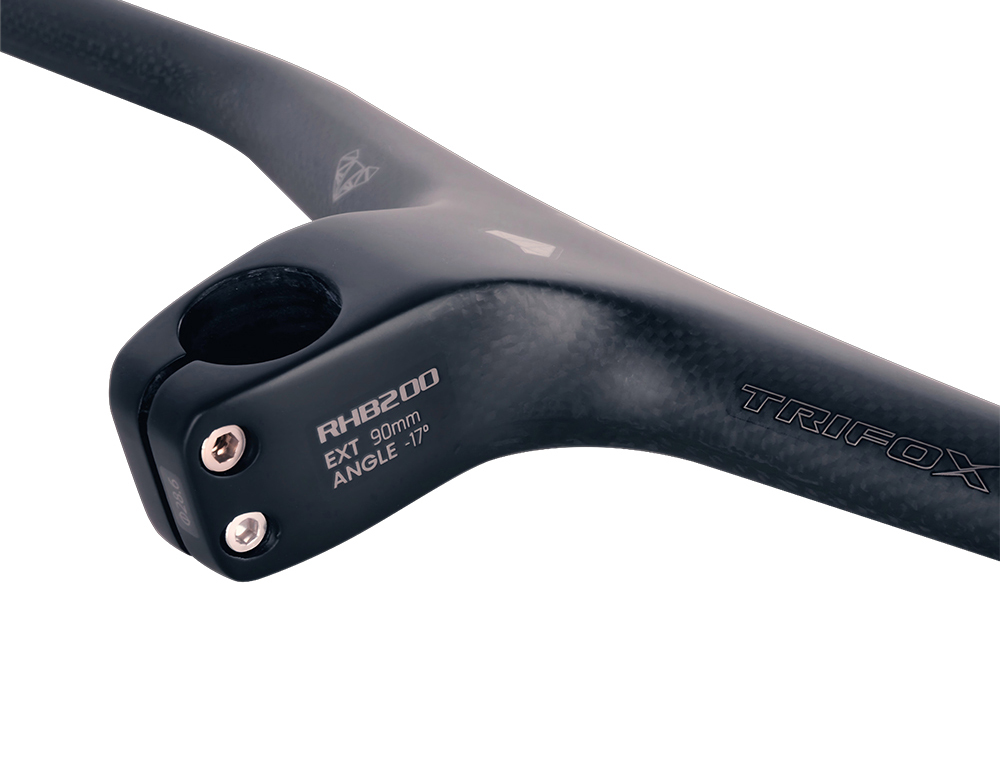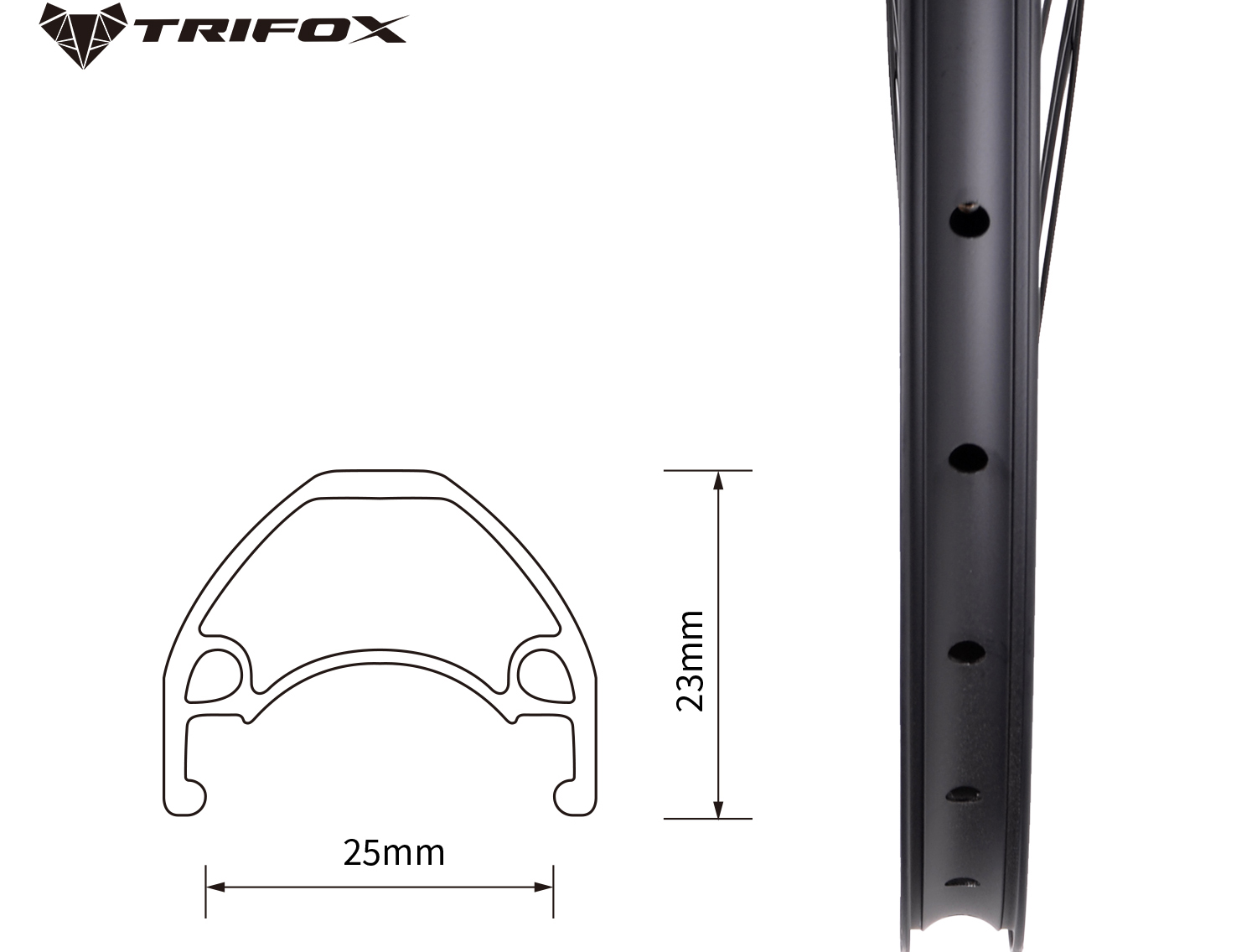If you're serious about cycling, you've probably heard the term "FTP" thrown around. But what exactly is FTP, and why is it such a big deal for your training? Let’s break it down.
FTP stands for Functional Threshold Power, and it’s a measure of the highest average power (in watts) you can sustain for one hour. Think of it as your cycling fitness benchmark—it tells you how much power you can produce over a sustained effort without fatiguing too quickly. FTP is a key metric for cyclists because it helps you understand your current fitness level, set training zones, and track progress over time.
Why FTP Matters
1. Personalized Training Zones: Your FTP is the foundation for determining your training zones, which are critical for structuring effective workouts. Whether you're doing endurance rides, interval training, or recovery sessions, knowing your FTP ensures you're training at the right intensity to meet your goals.
2. Track Progress: By regularly testing your FTP, you can see how your fitness improves over time. An increase in FTP means you’re getting stronger and more efficient on the bike.
3. Race Strategy: For competitive cyclists, knowing your FTP helps you pace yourself during races or long rides. Pushing too hard above your threshold can lead to burnout, while staying below it ensures you can maintain a steady effort.
How to Test Your FTP
The most common way to test your FTP is with a 20-minute test. After a proper warm-up, ride at your maximum sustainable effort for 20 minutes, then take 95% of your average power from that effort to estimate your FTP. For example, if you average 200 watts during the test, your FTP would be around 190 watts.
How to Use FTP in Training
Once you know your FTP, you can tailor your workouts to target specific energy systems. For example:
Endurance: Ride at 55-75% of your FTP to build aerobic base fitness.
Tempo: Train at 76-90% of FTP to improve sustained power.
Threshold: Work at 91-105% of FTP to push your limits and increase your threshold power.
VO2 Max: Go above 106% of FTP for short, intense efforts to boost your anaerobic capacity.
Tips for Improving Your FTP
Consistency: Regular training is key. Incorporate a mix of endurance rides, intervals, and recovery sessions.
Progressive Overload: Gradually increase the intensity and duration of your workouts to challenge your body.
Recovery: Don't underestimate the importance of rest. Your body adapts and gets stronger during recovery.
In conclusion, FTP is more than just a number—it's a powerful tool to guide your training, measure your progress, and help you become a stronger, faster cyclist. Whether you're a beginner or a seasoned rider, understanding and improving your FTP can take your cycling performance to the next level. So, grab your bike, test your FTP, and start training smarter!




























































